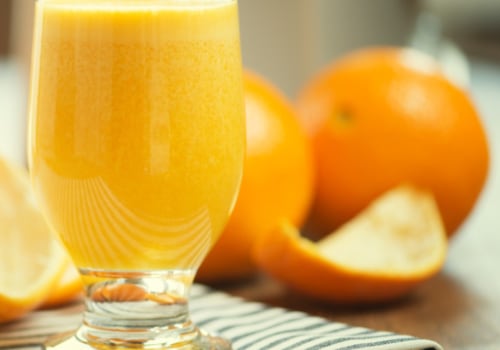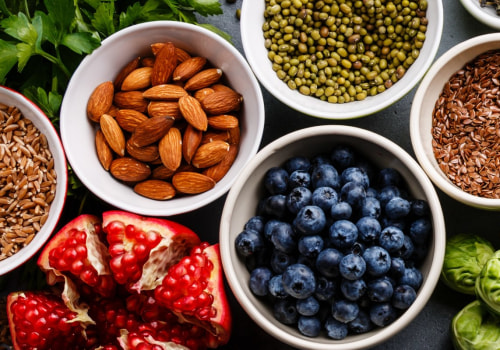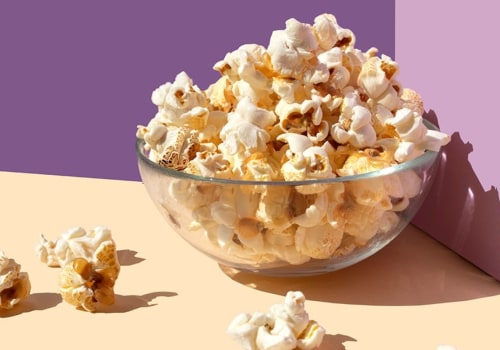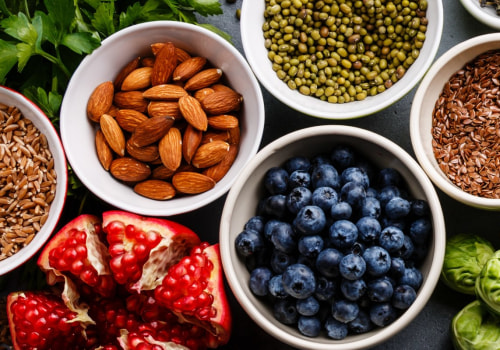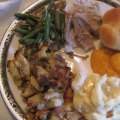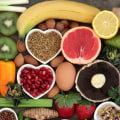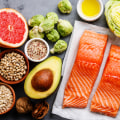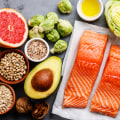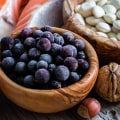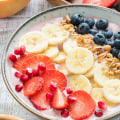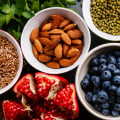Rice can be purchased in bulk at very low prices and has a lifespan of more than 10 years if stored properly. Beans have a strong reputation as a survival food because of their complete nutritional profile. Like berries, most beans are highly nutritious. Black (turtle), red (kidney), Pinto and soy top the lists of so-called superfoods by many nutritionists.
It's probably the best source of calcium and iron on the island. Beans are also a versatile island food because, once dry, they can be preserved for a long time. And if you're alone on the island, why worry about flatulence? While most leafy greens will do you good, kale is particularly rich in vitamins, minerals and fiber. You can boil the stalks for a simple vegetable broth.
Kale was obtained from wild cabbage and its close cousins include broccoli, Brussels sprouts, cauliflower, cabbage, cabbage, rutabaga, mustard and rapini. Like berries, melons are tasty and nutritious. Although it has a little sugar, it's too good a source of vitamins A and C and potassium to pass up. Its lack of fat and its low glycemic load index make melon a slightly better choice than bananas.
Choose if they are available for pick up. Few foods match berries in terms of flavor, vitamin content and antioxidant power. To this list add kiwi, once called Chinese gooseberry, but modified for marketing reasons. Kiwis have more vitamin C than oranges and almost as much potassium as a banana.
Beware of poisonous berries, such as holly, Franken Berry and Boo Berry. Even the laziest of us can harvest what is carried away by the water. Seaweed, alaria and lava (kombu, wakame and nori in Japanese cuisine) are among the most common. Algae are loaded with vitamins and minerals.
Once dry, it will also last for months. Algae are a common part of the Asian diet, and most Japanese households have four or five types available. Even if you avoid sushi, you've eaten seaweed in ice cream. Irish moss (carrageenan) is a thickening agent.
One thing is certain, the candidates would not include meat or most fruits and vegetables. Meat has no fiber or key vitamins and nutrients. Fruits and vegetables may have vitamins, but they don't have anywhere near enough fat or protein, and they're not even consumed in quantity. The body doesn't need as much as you might think to stay alive, but you omit them at your own risk.
If you're like most people who set out to make a New Year's resolution, you want to eat healthier, lose weight, or both. And if you're like most of us, your resolve has already begun to falter. By February 1, most weight-related New Year's resolutions had been thwarted by unrealistic expectations, fad diets, frustration at not seeing results, and a host of other factors. Excessive sugar causes an increase in insulin, and high levels of insulin cause the body to store fat instead of burning it.
Refined carbohydrates also produce a shock and burn effect, as blood sugar levels fall below the recommended range, leading to increased appetite, tension and more cravings. Fat tends to get a bad rap, but your body needs it to absorb vitamins A, D, E and K, not to mention heal wounds. Fat is also the most slowly digested macronutrient (the order is carbohydrates, proteins and fats), so it promotes satiety and adds flavor to foods. Healthy eating and sustainable weight loss go beyond counting calories.
It's also more than just a matter of eating less and moving more. A variety of complex physiological and lifestyle-related factors contribute to how we gain weight and why each of us gains it differently. .

